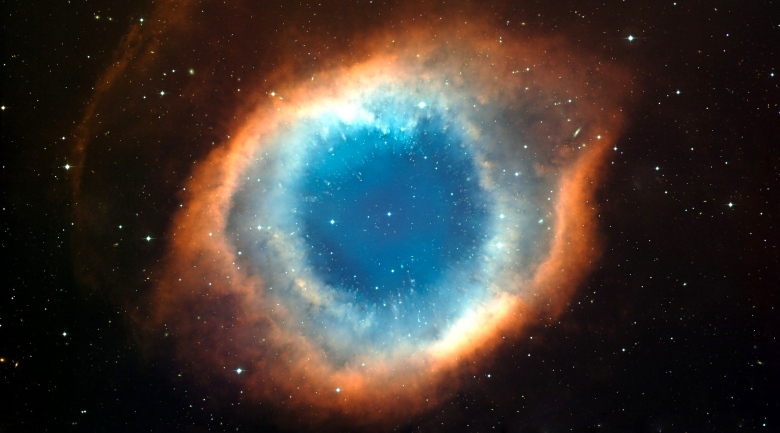
When we look up to the heavens on a clear night, we see an immense dark sky with uncountable stars. With a small telescope we can also see galaxies, nebulae, and the disks of planets. If you look at the sky with an X-ray detector, you would see many of these same familiar objects; in addition, you would see the whole sky glowing brightly with X-rays.
This glow is called the “diffuse X-ray background.” While, at higher energies, the diffuse emission is due to point sources too far away and faint to be seen individually, the origins of the soft X-ray glow have been controversial, even 50 years after it was first discovered. The long-standing debate centers around whether the soft X-ray emission comes from outside our solar system, from a hot bubble of gas called the local hot bubble, or whether the emission comes from within the solar system, due to the solar wind colliding with diffuse gas.
New findings settle this controversy. A recent study shows that the emission is dominated by the local hot bubble of gas (1 million degrees), with, at most, 40 percent of emission originating within the solar system. The findings, published in the journal Nature, should put to rest the disagreement about the origin of the X-ray emission and confirm the existence of the local hot bubble.
